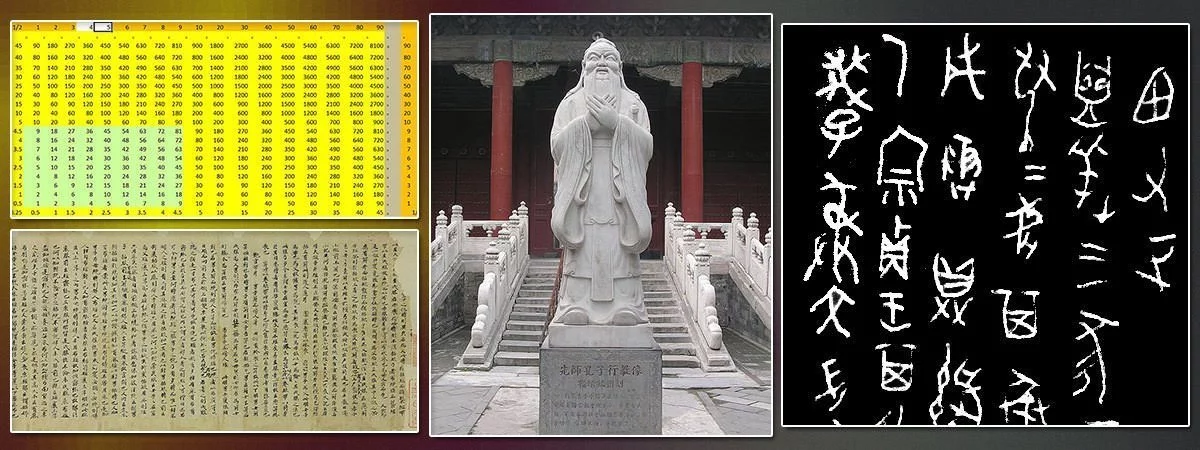The Zhou era (1046 BC – 256 BC) lasted for 790 years making Zhou dynasty the longest reigning dynasty in Chinese history. Most of the great Chinese philosophers, including Confucius, were active in the Zhou period making it the Golden Age of Chinese philosophy. There were also great advancements in other fields including hydraulic engineering, mathematics, warfare, art and literature. Know more about the contributions of the Zhou dynasty of China by studying its 10 major achievements.
#1 It IS THE LONGEST REIGNING DYNASTY IN CHINESE HISTORY
Zhou dynasty took over from Shang after defeating them in the Battle of Muye in 1046 BC. They governed significant part of China till 771 BC when their emperor was defeated and killed in battle. The first 275 years of their reign is known as the Western Zhou period. After the 771 BC defeat, the Zhou moved their capital eastwards beginning the Eastern Zhou dynasty. During the Eastern Zhou period, the Zhou emperor was only the nominal and ritual head while the real power resided with the feudal chiefs of various states. This period is further divided into the Spring and Autumn period from 771 to 475 BC and the Warring States period from 475 BC to 221 BC. The Zhou lost all power after being defeated by the Qin state in 256 BC. Their reign of 790 years is the longest in the history of China.
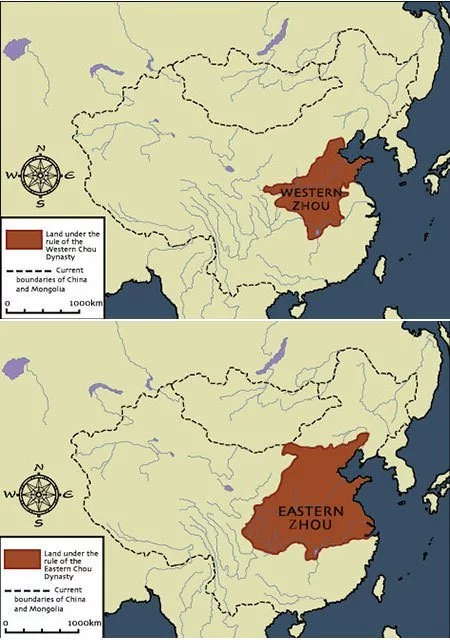
#2 FIRST LARGE SCALE PROJECTS OF HYDRAULIC ENGINEERING WERE EXECUTED
Large scale irrigation and water-control projects were instituted for the first time in China during the Zhou dynasty period. This greatly increased crop yield, and government was able to store surplus food and distribute it in times of famine or bad harvest. Sunshu Ao (630 – 593 BC) led the project of construction of a large river dam to create an enormous irrigation reservoir in modern-day northern Anhui province which supplied water to an area of some six million acres. He is the first known hydraulic engineer of China. In 5th century BC, Ximen Bao became the first Chinese hydraulic engineer to create a large irrigation canal system. His grand project diverted the waters of the entire Zhang River.
#3 WRITTEN SCRIPT EVOLVED INTO ITS ALMOST-MODERN FORM
The earliest confirmed evidence of the Chinese script is from the Shang dynasty. The oracle bone script of Shang evolved to form the seal script and later the clerical script during the late Zhou dynasty. It was this clerical script that with time evolved into the modern standard Chinese script. The art of calligraphy, which had first appeared during Shang era, blossomed in the Zhou regime. Its main forms were the jiaguwen (oracle bone script) and the jinwen (bronze script).
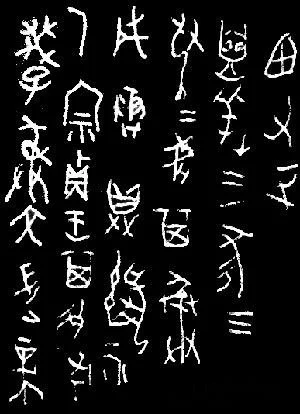
#4 EASTERN ZHOU PERIOD WAS THE GOLDEN AGE OF CHINESE PHILOSOPHY
Most of Chinese philosophy originated during the Eastern Zhou era which saw constant battles between many states. Due to the broad range of ideas and thoughts that developed during the period, the philosophies of the time are known as the Hundred Schools of Thought. The thoughts and ideas that were originated and refined in the period had a profound influence on the lifestyle and social consciousness of not only China but several countries in East Asia. Chinese philosophies of the period continue to impact many in the region and the era is aptly called the Golden Age of Chinese philosophy.
#5 THE MOST FAMOUS CHINESE PHILOSOPHERS BELONG TO THE ZHOU ERA
There was great cultural and intellectual expansion in China during the Eastern Zhou era. The major schools of Chinese philosophy Confucianism, Legalism and Taoism originated in the period along with philosophies that later fell into obscurity, like Agriculturalism, Mohism, Naturalism and the Logicians. Among the most influential philosophers were Confucius (551 – 479 BC), founder of the most dominant Chinese philosophy Confucianism; Mencius (372 – 289 BC), the most famous Confucian after Confucius himself; Laozi, founder of Taoism which is still practiced by millions; and Shang Yang (390 – 338 BC), founder of Legalism which built the foundation that enabled Qin dynasty to conquer all of China.
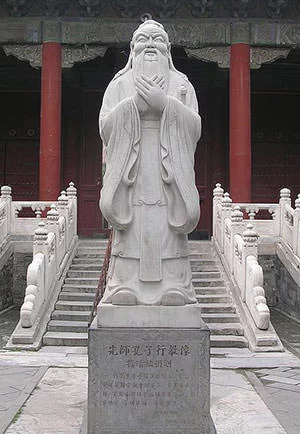
#6 CHINESE LITERATURE REACHED UNPRECEDENTED HEIGHTS
The Four Books and Five Classics, which are attributed to Confucius and his followers, were written before 300 BC during the Eastern Zhou period. These nine books became the center of Chinese educational system and during later dynasties formed the basis for the Imperial Examination for any government post. Apart from classics of Confucianism, Daoism and other philosophical thoughts, several important works on military science and Chinese history were written during the Zhou era.
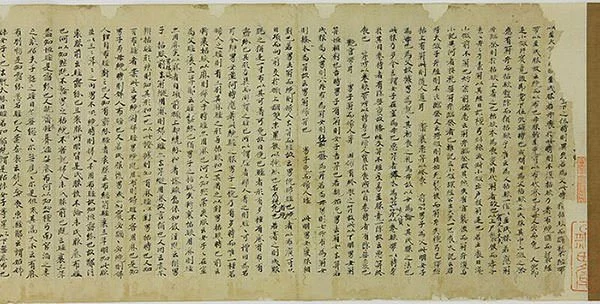
#7 THE ART OF WAR AND COMMENTARY OF ZUO WERE WRITTEN
Four of China’s Seven Military Classics were written during the Zhou era. Among them is The Art of War by Chinese military strategist Sun Tzu. It was for long the most influential military strategy text in East Asia. Many prominent leaders including Mao Zedong, Vo Nguyen Giap and Douglas MacArthur have drawn inspiration from the work. Another major literary achievement of Zhou era is Zuo Zhuan or Commentary of Zuo. For centuries it remained the primary text through which the Chinese gained an understanding of their ancient history. Zuo Zhuan is the source of more Chinese sayings and idioms than any other classical work.

#8 IRON WAS INTRODUCED IN WEAPONRY
The Zhou dynasty saw the first major use of chariots in warfare. However by the Warring States period of their reign, the use of chariots became less common with most armies using infantry and cavalry in battles. During this last period of the dynasty, iron replaced bronze as the preferred material in weaponry. Most armor and weapons of this period were made from iron. The crossbow was the preferred long-range weapon while the ji or Chinese halberd gradually became the preferred short range weapon on the battlefield.
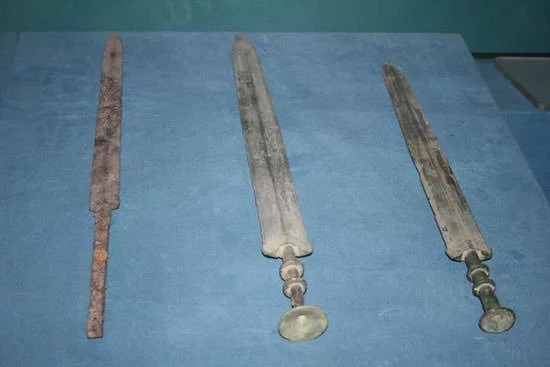
#9 THE EARLIEST TWO DIGIT DECIMAL MULTIPLICATION TABLE IS FROM THE ZHOU ERA
In astronomy, famous Chinese astronomers Gan De and Shi Shen became the first in China to compile a star catalog. Also, Gan De made one of the first detailed observations of Jupiter in recorded history and Shi Shen recognized eclipses as a solar phenomenon. The world’s earliest example of a two digit decimal multiplication table is found in a collection of Chinese texts dating to the late Zhou period known as Tsinghua Bamboo Slips. In China, the earliest reference to magnetism lies in a book named Guiguzi or The Master of Demon Valley, which was written in 4th-century BC. Also, the earliest archaeological evidence for glass manufacture in China is from the Zhou period.
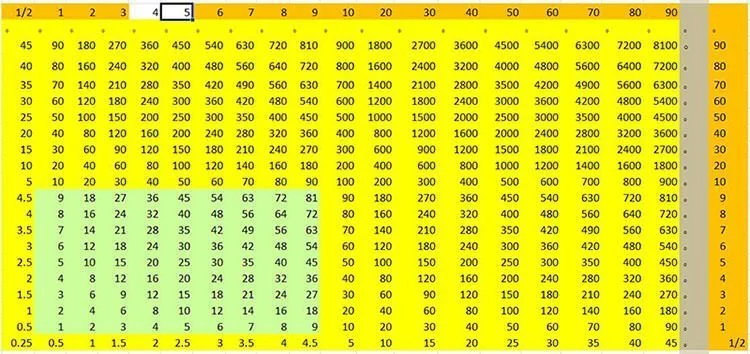
#10 THERE WERE IMPORTANT ADVANCES IN BRONZE-WORK, JADE CARVING AND PAINTING
The Zhou dynasty, along with the preceding Shang dynasty, corresponded with the Bronze Age in China. Bronze-work in Zhou carried on the great legacy of Shang. It became more intricate with interlaced patterns and the introduction of pictorial subjects like hunting scenes. There were great advances in jade carving. Decorative elements were added to jade objects which show great skill in detailed small relief work. The earliest paintings in China were not representational but ornamental. It was during the Zhou period that Chinese painters began to represent the world around them. Also, lacquer-ware was finely developed and began appearing in large quantities for the first time.
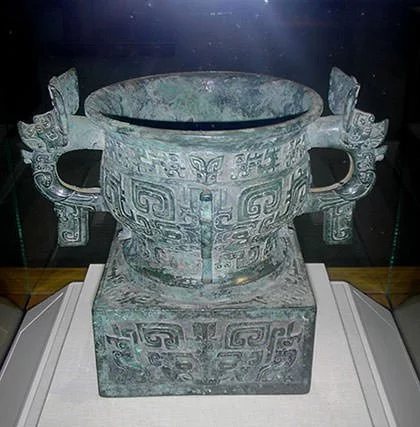
FOUR OCCUPATIONS
The four occupations or “four categories of the people” was a hierarchic social class structure developed in late Zhou Dynasty by either Confucian or Legalist scholars. The four occupations in descending order were the shi (gentry scholars), the nong (peasant farmers), the gong (artisans and craftsmen), and the shang (merchants and traders). This system of social order was also adopted by regions influenced by China including Japan and Korea. The four occupations didn’t have any major effect on government policy though some laws did grant different levels of legal privileges based on the classified social groups.

